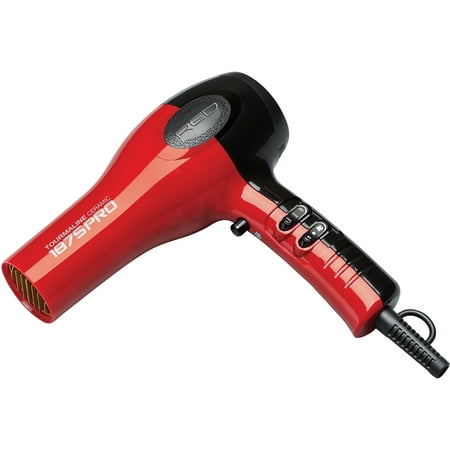Honey and Virgin Coconut Restorative Conditioner – 100% PURE
Deeply moisturizing conditioner restores softness and strength to dry, damaged hair. Formulated with coconut oil, provitamin B5, honey, and rose hydrosol.
Restorative conditioner deeply moisturizes and softens and dry, damaged hair. Designed to detangle and nourish with pro-vitamin B5, while strengthening roots and strands with coconut oil, flax seed, and sea kelp. Aloe, rose hydrosol, and honey replenish essential moisture and hydration for enhanced softness and shine. This sulfate-free conditioner is safe and gentle enough for even color treated hair.
Note: Naturally derived ingredients may cause color to vary. This does not affect the function or efficacy of the formula.
DIRECTIONS
Apply to wet, freshly shampooed hair from ears down. After 2-3 minutes, rinse with cool water.
SIZE
16 fl oz / 474ml
SOURCE
Made in USA
EVERY INGREDIENT WE USE IS BENEFICIAL, HERE ARE A FEW:
NETTLE
Nettle promotes healthy hair growth.
PROVITAMIN B5
Provitamin B5 moisturizes and strengthens.
AVOCADO BUTTER
Avocado Butter softens and moisturizes.
VIRGIN COCONUT OIL
Virgin Coconut Oil deeply moisturizes.
HONEY
Honey soothes skin and is a natural preservative.
COMPLETE LIST OF INGREDIENTS:
Aloe Barbadensis (Organic Aloe) Leaf Juice* , Rosa Centifolia Flower Water (Rose Hydrosol), Persea Gratissima (Avocado) Butter, Linum Usitatissimum (Flax) Seed Oil, Vegetable Glycerin, Cocos Nucifera (Virgin Coconut) Oil, Cetearyl Alcohol, Mel (Honey), Citrus Aurantium Sinensis (Orange Peel) Fiber, Euphorbia Cerifera Cera (Candelilla Wax) Extract, Pantothenic Acid (Pro-Vitamin B5), Urtica Dioica (Nettle) Extract, Fucus Vesiculosus (Kelp) Extract, Melia Azadirachta (Neem) Seed Oil, Calendula Officinalis (Calendula) Flower Extract, Tocopherol (Vitamin E), Extracts of Thymus Vulgaris (Thyme) Flower/Leaf, Origanum Vulgare (Oregano) Leaf, Rosmarinus Officinalis (Rosemary) Leaf, Lonicera Caprifolium (Honeysuckle) Flower, Lonicera Japonica (Honeysuckle) Flower, Lavandula Angustifolia (Lavender) Flower/Leaf/Stem, Hydrastis Canadensis (Goldenseal) and Cocos Nucifera (Coconut Fragrance) *Certified Organic
Additional information
| SIZE | 16 fl oz / 474ml |
|---|






by Charity
I have extremely thick long hair and it is nearly impossible to find conditioners that keep my hair untangled and feeling silky smooth without feeling weighed down. Well this condition delivers on all levels , by far surpassing in performance any conditions I’ve tried in the past. The smell is amazing and it has a silky smooth feeling texture, goes on like silk over wet hair. The results did not disappoint on any level, quite the opposite. My hair looked healthy, nourished, shiny and smooth….. and we haven’t even talked about the fact that it’s 100% natural and organic, which is the pivotal factor of excellence for me choosing products from this company. I have tried and use many different products from 100% pure. This company is truly the upper echelon of beauty care products.
by Reem
Love this product, i used to use another conditioner from 100 pure with extra hydrating propert (forgot the name) and saw this one instead and thought why not! And wow soft glossy, non-greasy locks. Must have!
by Sarah
Not the most important thing, but this stuff is the most amazing smelling conditioner I’ve tried! On a more important note, it gives my dry hair a nice surge of moisture. I will be getting this product again in the future.
by Andrea
I feel my hair is more shinny and it looks more healthy after I started using this product. I love it .
by Diana
I don’t think I’ve tried a conditioner I didn’t like by this company, but this one has to be our fav! If anyone has walked into The Mirage in Las Vegas and notices the instant yummy tropical smell, this takes us back there… the coconut/tropical smell is absolutely amazing. When it gets low, my daughter (who is 7) asks if we have any more Mirage. LOL We have long, thick hair and this always helps with the knots.